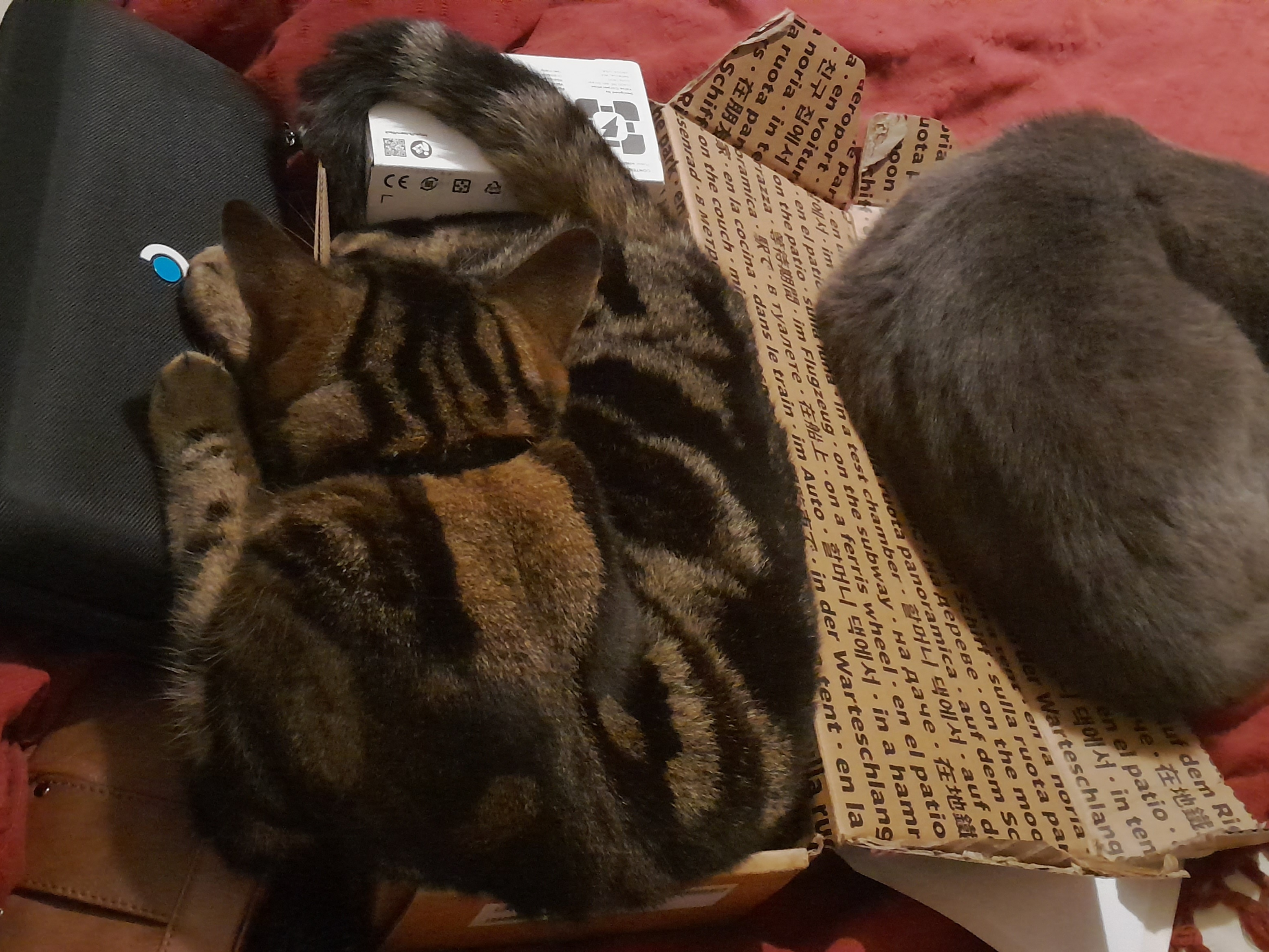

Here they still exist - they just make you pay if you want a new one. I (and seemingly most people) use them all the time still, but I guess more people reuse them more times now. I’m quite happy to pay 30p for one when the old ones get used up. I think they’re a bit sturdier than they used to be too - so less likely for the handles to snap when you’ve still got a mile to walk home.
I guess it mostly cut down on unwanted ones getting littered etc. Now they’re valuable, all the more reason to hoard them in a cupboard in the kitchen.
Where you are it sounds like they stopped existing - what do you put your food shopping in? Do you still have a thousand left that you previously hoarded?






It’s a bit weird, isn’t it?
Technically, the navigational tool is “a compass” and the geometric draw-a-circle tool is “a pair of compasses” (I don’t know why) - but in general use, people just call both of them “a compass”.
We’ve had hundreds of years to rename one of them, but for some reason haven’t bothered.